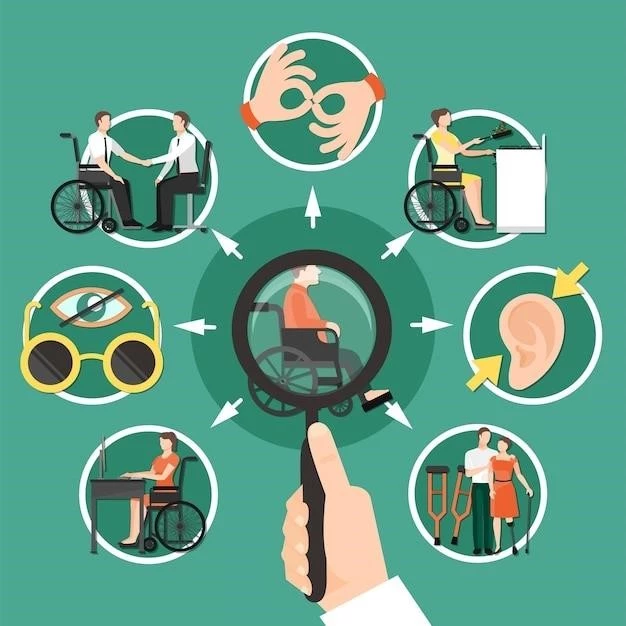Introduction
Paraphilias are persistent and recurrent sexual interests, urges, fantasies, or behaviors of marked intensity involving objects, activities, or even situations that are atypical in nature.
Definition of Paraphilia
Paraphilias are persistent and recurrent sexual interests, urges, or behaviors of marked intensity involving objects, activities, or situations that are atypical. These behaviors may include intense interests in non-human objects, non-consenting individuals, or activities that pose a risk of harm. Paraphilias can be distressing or disabling for individuals and may require professional intervention for management.

Types of Paraphilic Disorders
Paraphilias encompass a range of disorders including voyeuristic, exhibitionistic, frotteuristic, sexual masochism, and fetishistic disorders, among others, as classified by DSM-V.
Overview of Paraphilic Disorders
Paraphilic disorders involve intense, sexually arousing fantasies, urges, or behaviors that are distressing or disabling. These disorders encompass a range of conditions such as voyeuristic, exhibitionistic, frotteuristic, sexual masochism, and fetishistic disorders. Individuals with paraphilic disorders may experience significant emotional distress and may require professional intervention for management.
DSM-V Classification
According to the DSM-V, there are ten paraphilic disorders classified under this category. These include voyeuristic disorder, exhibitionistic disorder, frotteuristic disorder, sexual masochism disorder, sexual sadism disorder, pedophilic disorder, fetishistic disorder, transvestic disorder, and other specified and unspecified paraphilic disorders.

Characteristics of Paraphilias
Paraphilias involve intense and persistent sexual interests, urges, or behaviors related to objects, activities, or situations that are atypical and may include non-human objects or non-consenting individuals.
Common Paraphilic Behaviors
Paraphilic behaviors may involve intense interests in binding, cutting, spanking, strangulating, or whipping others. Targets may include children, corpses, animals, or inanimate objects like food or shoes.
Targeted Objects or Situations
Paraphilic behaviors may involve intense interests in non-human objects, non-consenting individuals, or activities that pose a risk of harm. Targets may include children, corpses, animals, or inanimate objects like food or shoes.
Evaluation and Management
Paraphilias can be effectively managed using multimodal treatment approaches, including psychotherapeutic interventions and pharmacological treatments. While there is no known cure, professional support and interventions can help individuals cope with paraphilic disorders effectively.
Treatment Approaches
Managing paraphilic disorders involves a variety of treatment approaches, including psychotherapeutic interventions and pharmacological treatments. Some individuals may benefit from cognitive-behavioral therapy, while others may require medications to control their impulses and behaviors.
Multimodal Treatment Strategies
When addressing paraphilic disorders, a multimodal treatment strategy involving psychotherapeutic interventions and pharmacological treatments can be effective. Cognitive-behavioral therapy and medications can assist individuals in managing their impulses and behaviors associated with paraphilias.
Coping with Paraphilic Disorders
Individuals coping with paraphilic disorders can benefit from a combination of psychotherapeutic interventions and pharmacological treatments to manage their condition effectively and improve their quality of life.
Managing Paraphilias
Managing paraphilias involves a combination of psychotherapeutic interventions and pharmacological treatments to help individuals cope with their condition effectively. Cognitive-behavioral therapy and medications can play a significant role in managing paraphilic behaviors and reducing distress. Professional support is essential in addressing paraphilic disorders.
Psychotherapeutic Interventions
Psychotherapeutic interventions play a crucial role in managing paraphilic disorders. Cognitive-behavioral therapy is commonly used to help individuals address their thoughts, emotions, and behaviors associated with paraphilias. Therapy aims to provide coping strategies, enhance self-control, and reduce the recurrence of paraphilic behaviors.
Challenges and Considerations
Paraphilic disorders present challenges due to the distress and impairment they can cause individuals. Addressing these disorders requires professional management through psychotherapeutic interventions and pharmacological treatments to ensure individuals can cope and manage their condition effectively.
Impact on Individuals and Others
Paraphilic disorders can have profound impacts on individuals, causing distress and impairment in their daily lives. These disorders may also affect others, especially when paraphilic behaviors pose risks to individuals or society. Managing paraphilias is essential to protect both individuals and others from harm and to ensure a better quality of life.
Long-Term Effects
Paraphilic disorders can have long-term effects on individuals, affecting their mental well-being, social relationships, and overall quality of life. These effects may persist if not properly managed through comprehensive treatment strategies involving psychotherapeutic interventions and pharmacological therapies. It is essential to address paraphilic disorders early to prevent potential long-term consequences.
